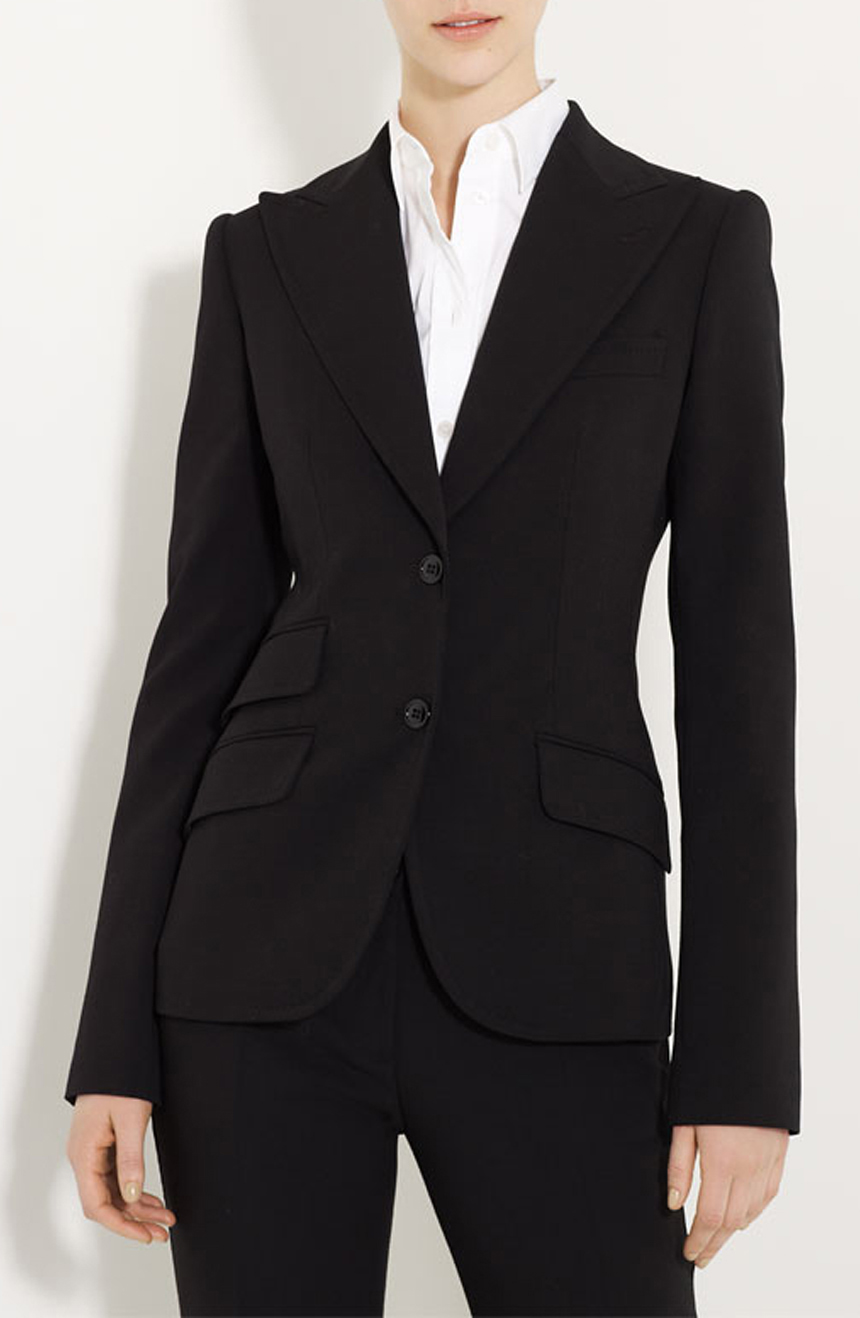Recognizing the Tailoring Process: From Textile Option to Final Fitting for the Ideal Wardrobe
The tailoring procedure is an intricate interaction of art and science, beginning with the essential decision of textile option and culminating in the accurate adjustments of last fittings. Each fabric kind brings special high qualities that affect not just the visual appeal yet likewise the garment's longevity and viability for different occasions.
Relevance of Material Selection
Choosing the right textile is important in the tailoring procedure, as it directly affects the comfort, resilience, and total aesthetic of the last garment. The choice of textile establishes the foundation for the garment's efficiency, functionality, and style. Different fabrics possess unique residential or commercial properties, such as breathability, stretch, and weight, which can significantly influence how the garment drapes and fits the body.

A tailored item made from an ideal textile not just showcases craftsmanship but additionally raises the wearer's confidence. Understanding the subtleties of material selection is paramount for any kind of tailoring venture. It guarantees that the end product not only meets the visual desires of the customer however also straightens with functional needs, consequently attaining a harmonious equilibrium between kind and function in the customized wardrobe.
Kinds Of Fabrics and Their Uses
Understanding the different kinds of materials readily available is vital for making notified choices during the customizing process. Each textile possesses one-of-a-kind qualities that determine its suitability for details garments and events.
Cotton, known for its breathability and gentleness, is perfect for sportswear and summer garments. Its versatility enables it to be customized into every little thing from shirts to gowns. Wool, on the various other hand, is preferred for its warmth and structure, making it a superb choice for formal matches and outerwear. Its natural elasticity assists garments keep form over time.
Silk radiates high-end and is lightweight, making it ideal for eveningwear and fragile shirts; nonetheless, it requires careful handling because of its frailty. Bed linen, with its distinctive finish, is a popular option for warm climates, supplying a crisp and ventilated feeling, yet it wrinkles conveniently, which might affect the garment's look.
Artificial materials, such as polyester and nylon, deal longevity and resistance to creases, making them suitable for everyday wear and active clothing. Understanding these fabric types and their residential properties enables much better decision-making, making sure that each customized piece not only fits well but also aligns with the desired objective and celebration.
The Tailoring Strategies Described
The art of customizing depends on a range of methods that transform fabric right into well-fitted garments. Central to this procedure is pattern preparing, where a tailor creates themes based upon the customer's dimensions and preferred style. This first action makes sure that the garment will fit the user effectively prior to any reducing takes place.
As soon as patterns are developed, cutting techniques come right into play. Precision is paramount as errors can cause misfitting garments. Tailors typically utilize numerous cutting methods, such as single-layer reducing for complex layouts and multiple-layer cutting for performance on conventional patterns.
Basting is one more vital technique, permitting tailors to momentarily stitch textile assemble for an initial fitting (tailor tuxedos perth). This method uses the opportunity to analyze the drape and overall shape before last sewing
Seaming methods, including flat-felled seams and French next page joints, enhance the garment's longevity and aesthetic allure. Tailors also utilize techniques such as interfacing and cushioning to give structure and form to details locations, like collars and shoulders.
Last but not least, completing strategies, consisting of hemming and edge ending up, ensure the garment's durability while giving a polished look. With each other, these methods create the backbone of effective customizing, causing beautiful, custom-fit garments.

Suitable Changes and Considerations
After the first customizing methods have been used and the garment is built, fitting adjustments come to be vital to achieving the perfect fit. These changes deal with various aspects of the useful site garment, guaranteeing it contours to the user's physique and enhances total appearance.

The rise of trousers is one more crucial aspect; it ought to rest easily above the hips without creating discomfort, permitting ease of activity. Hemming sizes for both pants and skirts need to show the user's recommended design while valuing proportions.
In addition, focus needs to be offered to the rear of the garment, making sure that there are no unattractive pulls or excess material - tailor suits perth. Each adjustment must be thoroughly thought about, as even small changes can substantially impact the overall fit and visual of the tailored piece, inevitably he has a good point causing a wardrobe that exudes self-confidence and class
Keeping Your Tailored Wardrobe
Always follow the treatment tag directions, which might recommend completely dry cleansing for delicate textiles or machine cleaning for even more resilient products. Avoid regular laundering, as this can put on down the fabric and change the garment's shape.
Storage is just as important; use cushioned hangers for jackets and layers to keep shoulder structure, and store pants folded up neatly or hung to avoid creasing. Shield garments from direct sunshine, which can fade colors and damage fibers.
In addition, routine inspections for minor repairs can prevent larger issues. Look for loose buttons, tearing joints, or indicators of moth damages, addressing these troubles without delay to keep the garment's honesty.
Last but not least, take into consideration seasonal turning. Using tailored pieces in moderation permits textiles to recuperate, prolonging their life expectancy. By executing these maintenance strategies, you can ensure that your customized garments continue to be as excellent as the day you first used them, boosting your suitable wardrobe for years ahead.
Verdict
The tailoring procedure, encompassing material selection, proficient techniques, and specific fitting modifications, plays a crucial function in developing garments that enhance both comfort and design. Understanding the significance of upkeep expands the life of tailored garments, strengthening their worth in a well-curated closet.